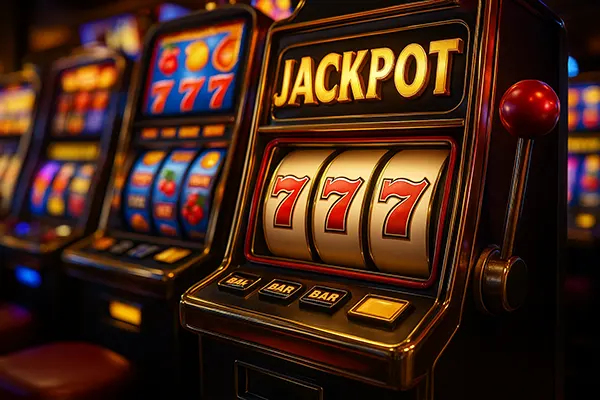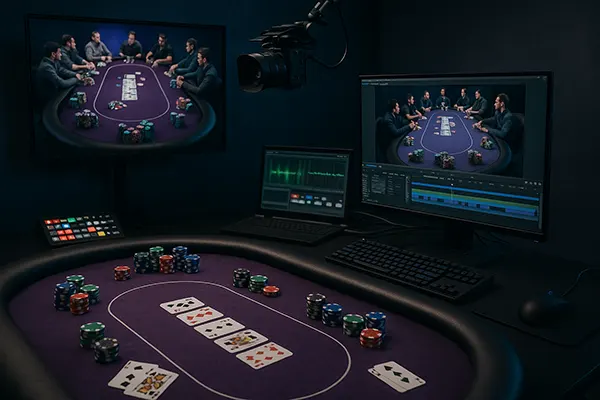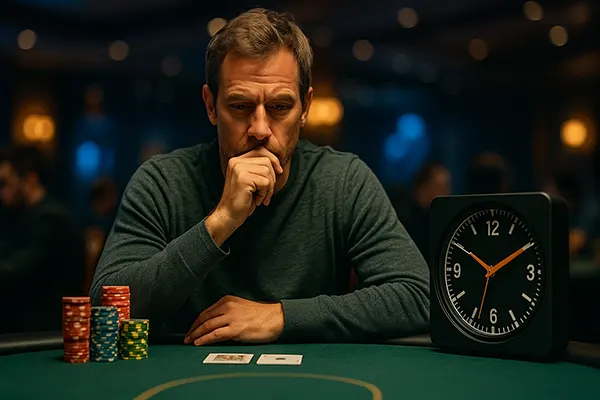Basic poker tricks
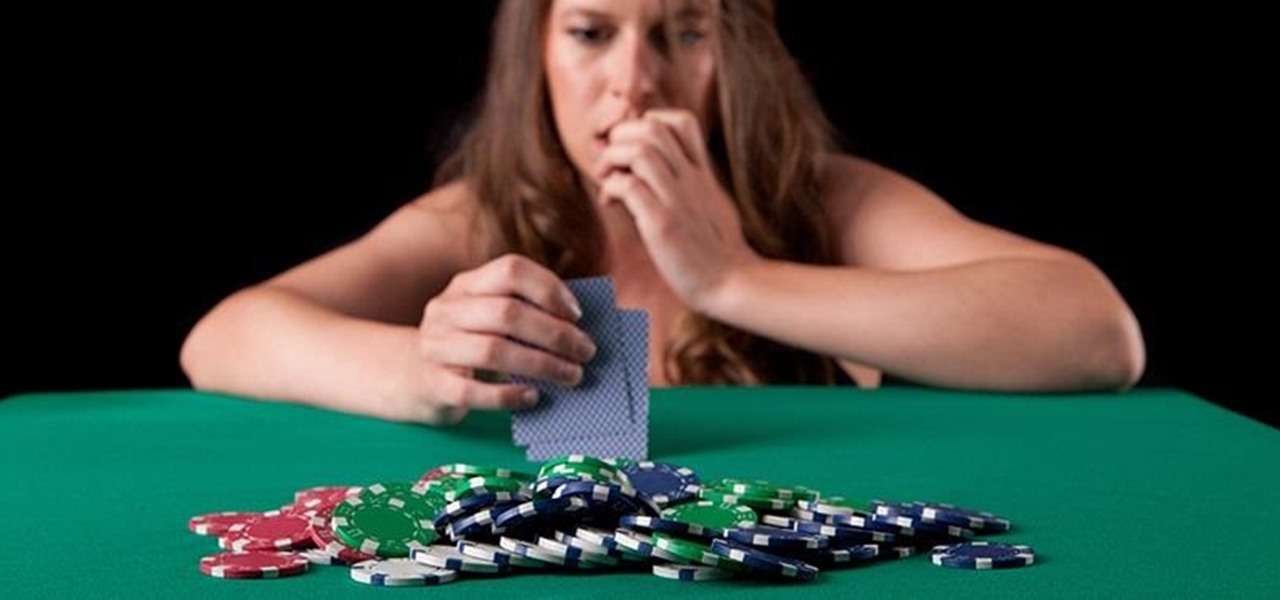
There are a lot of poker room tricks. We will try to tell you about the most popular and easy to learn ones. Once you learn them you can always get a steady income from the game.
Bluffing in Poker
The concept of “bluffing” is inextricably linked to the word “poker” for many people. And for good reason: Bluffing is considered to be one of the most popular and frequently used tricks in the game of poker. There are two types of bluffs: so-called half-bluffs, when a player bets to intimidate opponents but hopes to improve his cards before winning; and bluffs, when a player has little or no chance of winning. When using bluffing in poker, it should be remembered that here, as in any business, a measure is important – you should not over-bet. Several other factors should also be considered, such as the number of players (the more players at the table, the less likely to bluff), the type of opponents, the size of the pot (the smaller the pot, the higher the odds of bluffing), the image of the player who is bluffing (the player’s image is less important when playing online), position (often successful from last position), and the round of dealing (bluffing is less successful on the river, unless the player also bluffs on the flop and the torrent).
Check-raise
This technique involves a player in an early or middle position calling a check, in order to Raise in the same round (thus provoking players to bet). Check-raising is used when one wants to achieve the following: to drive opponents out (if a player is in an early position and another player bets late, after making the check-raise the other players will have to double their bets and probably fold), to provoke a false response from his opponent, to increase the pot (if the player is holding a strong card), or to try to win the pot by bluffing. Obviously, a successful check-raise in poker requires a certain amount of coolness and the ability to bluff. However, the odds of winning are good, and risk has always been a very noble pursuit in card games.
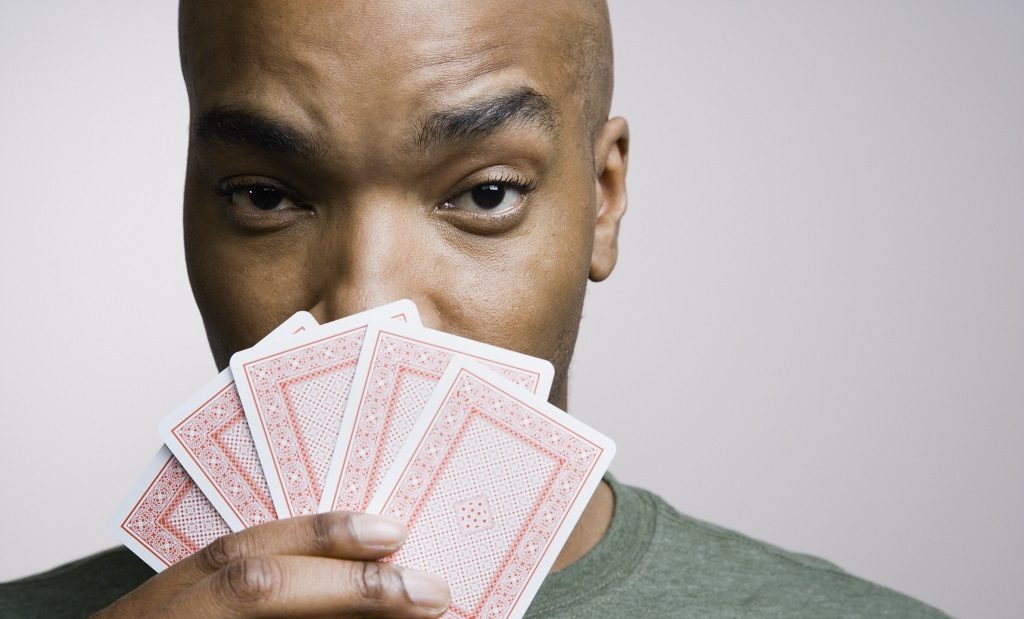
Free Card
This trick is used when a player doesn’t have a good enough hand, but there is hope and a chance for improvement. The gimmick is as follows: usually, in the last position on the flop, the player bets or raises, simulating a good hand. Accordingly, on the toron, all other players can say check. In the event that a player receives a desired card, he may bet. If there is no desired card, the player may also say check. As a result, in order to see the turn and river, a player pays only two small bets instead of one large and one small. If you suspect your opponent is trying to pull a hand and is trying to get a free card for it, you are advised to Bet on the Thorn.
Slopplay
Slopplay is a poker trick which involves playing a weak card in the early stages of the game to keep as many players in the game as possible, in order to put as much money in the pot as possible. Slopplay is not a bad technique, but in some cases it may not produce the desired result. For example, if your opponent has a free card, his chances increase significantly, which means that the slop play tactic may not work. Do not count on sloping if the pot is large enough: your opponents also have a high chance of winning the pot and are likely to respond. If there are a large number of players at the table, using the slopestyle poker strategy may also be inappropriate: it increases the pot and increases the risk that a free card will help someone else put together a good hand.

